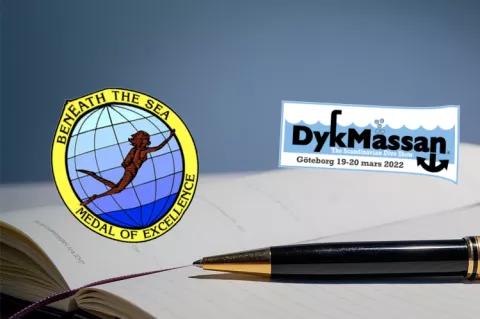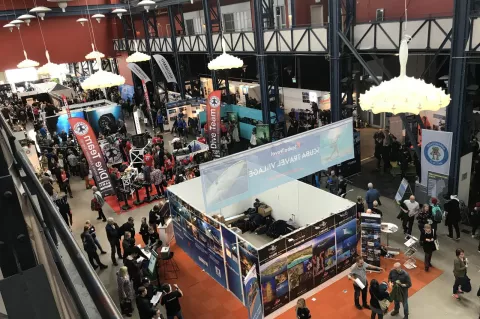Museum of Wrecks opens in Stockholm
Vrak – Museum of Wrecks is a new museum about the Baltic Sea’s unique wrecks and cultural heritage, and a sister museum to the Vasa Museum in Stockholm. Nowhere else in the world are there as many well-preserved shipwrecks as in the Baltic Sea.
Vrak brings their stories to the surface while leaving the wrecks themselves and their objects on the seafloor where they are best preserved. The new museum serves as a hub for wrecks, new discoveries and research throughout the Baltic Sea region.
View this post on Instagram.












